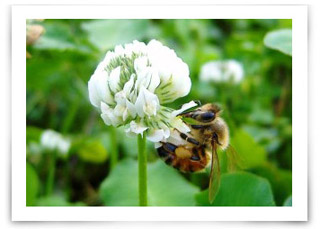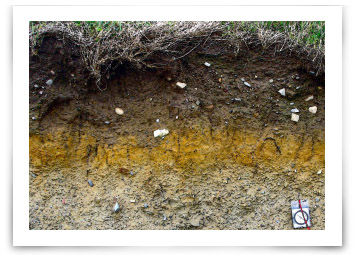Lawn Fertilizer and Chemical Use - Part 2
Best Practices
Thanks to the experience of the past few years, we have come to see that the use of fertilizers and other chemicals on grass lawns have distinct pros and cons, and that the choices we make in regards to our lawns can have a much larger effect on the greater community. To read more on this, please see our blog on "Fertilizer and Chemical Lawn Use: Part 1 - Pros, Cons, and What You Can Do" [link to the blog]. The proper use of chemical fertilizers on lawns can be the difference between putting toxins into our water system and helping our lawns to thrive. Here we will turn to understanding these fertilizers and ensuring that we are making informed decisions for ourselves, our lawns, and our lawn care businesses.
Soil Testing
Not every grass lawn needs to be fertilized, and the methods and types of fertilizer that one lawn may need can vary drastically from another. Things to consider when looking at purchasing fertilizer include: the needs of the grass, the nutrients in the soil, the pH level of the soil, and the square footage of the lawn. To gauge the first three of these, you will want to use a soil test. Without a soil test, you could very easily be wasting time and money on a fertilizer you don’t need. And, excess fertilizer can pollute both surface water (and hinder water recreation) and groundwater (by adding toxins to drinking water). A typical soil test will gauge the pH of the soil, nutrient content (including potassium and phosphorus), and micro-nutrients (zinc and iron). Some soil tests will also allow testing of organic material and soluble salt levels. One of the best ways to find a reliable soil test is to go through the Cooperative Extension System. This will allow you to identify a local university extension office that provides testing in alignment with the Environment Protection Agency. Once you have your test results, you’ll have a great handle on what types of fertilizer you will need, if any.
When to Fertilize
Just as using the correct types of fertilizers will determine the efficacy of fertilizing, so will the timing of application. One major factor in this timing is the type of grass that a lawn is composed of — either cool season or warm season (and this is a function—in large part—of the growing zone of your lawn):
After aeration is another excellent time to fertilize, as the fertilizer can then circulate better through the space in the turf. For the timing of aeration and fertilizing, following the September-October timeframe would work well for cool season grasses while the April-early June would be best for the warm season grasses. To read more see our blog "Five Tips for Aerating a Lawn" [link to the blog]. Finally, be sure that you aren't applying chemical fertilizer just before a heavier rainfall. Doing so can easily wash much of these chemicals off your lawn and into groundwater and surface water where it can cause significant pollution and prove ineffective to your lawn. For most lawns, fertilizing once or twice a year is more than enough.
Enjoying a Well-cared for Lawn
Ensuring your lawn has the proper nutrients is one of several factors to keep in mind for maintaining a healthy lawn. Another important factor is ensuring that your grass is being well-cut, and that you are able to do so in a safe and healthy way. We encourage you to have a demo of one of the excellent mowers that Wright Manufacturing makes. As a pioneer in stand-on mowing, you'll want to see what this experience has to offer. Schedule your demo here .


